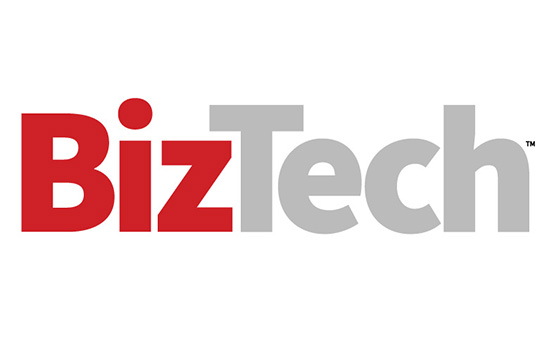1. Start With Clean, Integrated Data
The first and most critical step is data cleanup and integration. You can’t get good results from AI if you feed it messy, irrelevant or siloed data. AI models are only as useful as the quality and structure of the data you give them.
Too often, I see nonprofits trying to train an AI tool with a grab bag of data from accounting systems, email logs, shared drives and customer relationship management systems. The result? Large language model hallucinations and illogical outputs. To counter this, nonprofits should start with a specific goal, such as “improving donor outreach.” From there, focus only on identifying and cleaning the data you need to support that function.
Here’s a good litmus test: If a staff member can easily locate and extract a specific piece of data without technical assistance, that’s a sign your data is organized enough for AI.
When choosing a tool or platform, don't aim for a single solution that can tackle everything. That tends to fail. Instead, narrow the scope. Pick one AI tool, one data set and one specific goal. Start small, make sure it works reliably and scale from there with greater confidence.
Not only does an early success show board members that you’re using technology to further the mission, but it also gives teams measurable results. This promotes broader adoption and trust.
RELATED: Maximize nonprofit efficiency with AI and Salesforce tools.
2. Get Serious About Data Privacy and Security
Next up is privacy and security. It may sound obvious, but it's surprising how often these get overlooked in the rush to implement AI tools. Public data in particular can pose serious risks if teams are unsure where that data came from or if it is protected.
A tool such as Microsoft Copilot allows teams to configure privacy controls on the data they use to train public models. But not every AI tool has those safeguards. What data your model accesses, where that data lives and what regulations apply to it (for example, does it fall under the Payment Card Industry Data Security Standard?) are things you need to consider.
Next, implement strong role-based access controls. This ensures that a part-time or seasonal employee doesn’t accidentally pull donor credit card information or export a sensitive database. These steps are critical to establishing a clean data governance model.
And let’s not forget about trust. Nonprofits are people-centered by nature, and their missions are only as successful as the belief people have in them. If someone donates via text or online, they expect their data to be handled ethically. Even without AI, I always recommend clear opt-in language and informed consent for data use.
KEEP READING: How small businesses can capitalize on their AI opportunities.
3. Foster a Culture of AI Literacy
The last and most important factor to consider is your people. AI isn’t just a tech project; it’s a cultural shift. Your staff needs to understand how to use AI tools responsibly, what the limitations are and how to apply those tools effectively to real-world use cases.
I always say, treat AI like any other team member. Think about it: You wouldn’t hire someone and let them loose without training or expectations. The same goes for AI and data literacy. Staff members need to know when to use it, how to trust it and when to question it.
This is especially true when regard to algorithmic bias. Let’s say your AI tool suggests focusing fundraising efforts only in certain ZIP codes. That might sound efficient, but if you’re not careful, it could mean ignoring entire communities due to flawed assumptions in the training data. AI is fast and powerful, but it’s not neutral.
At CDW, we help nonprofit teams navigate each of these steps and show them how to train their data on tools such as Copilot or Gemini. Whether the goal is to improve donor segmentation, begin predictive outreach or streamline grant writing, we offer hands-on training and roadmaps.
EXPLORE MORE: Stories from our CommunITy blog on nonprofit IT.
AI Shouldn’t Replace the Human Side, It Should Amplify It
If nonprofits follow these three steps, the results can be transformative. I’ve worked with teams that started in a place of chaos: outdated tech, overwhelmed IT staff and scattered, unstructured data. But once they implemented AI more strategically, they saw huge gains in operational efficiency. Suddenly, instead of digging through spreadsheets and falling behind, their teams were able to focus on high-value work such as growing programs or engaging new donors through personalized campaigns.
And that’s the goal. AI shouldn’t replace the human side of nonprofit work; it should amplify it.
This article is part of BizTech's CommunITy blog series.












